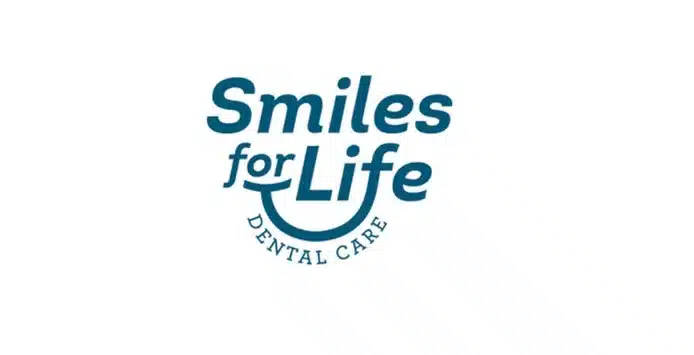Smiles For Life Online – Learn About Oral Health Comfort Your Home
There are a number of ways to learn more about oral health from the comfort of your home. The first toothbrush was a frayed twig. This evolution of toothbrushes may surprise you. Read on for an overview of the evolution of toothbrushes. Then, check out our free, comprehensive oral health curriculum. You’ll be on your way to being a more informed consumer! Here are some of the topics you’ll find on Smiles for Life Online .
Free online oral health training curriculum
There are many reasons to use a free online oral health training curriculum, and Smiles For Life Online is one of them. It is one of the nation’s most comprehensive programs for training physicians in oral health promotion. This curriculum is comprised of eight modules, each covering a core area of oral health. It can used in a classroom setting or by individual practitioners. Smiles For Life Online modules are designed to be self-paced and are also flexible enough to be adapted to target specific population groups.
Since the program’s launch in 2010, more than 200,000 health care providers have already used the curriculum. In 2015, over 24,000 dental and oral health professionals completed courses for continuing education credit. Common classes included children’s oral health, applying fluoride varnish, and performing an oral exam. Physicians, nurse practitioners, and physician assistants were the most frequent users, with dentists accounting for 20% of the total.
Safety precautions at the dental office
While OSHA does not have specific standards for the dental profession , there are many safety measures dentists take in order to prevent the spread of infectious diseases. Some of these standards pertain to special hazards present in dental practices, including bloodborne pathogens, radiation, and cuts, punctures, and lacerations. Moreover, OSHA requires dental professionals to keep Safety Data Sheets on hand, which explain the dangers of chemicals and explain how to handle them in case of emergencies.
In addition to wearing safety glasses, the dental staff also wears protective equipment, such as gloves and face masks, to help prevent the spread of infectious diseases. These items are typically disposable and are washed after each patient’s visit. Furthermore, the dental staff is required to wash their hands before treating patients, which helps prevent the spread of infectious diseases. Other precautions are taken to prevent the spread of disease, such as limiting the number of patients in the office and spreading germs.
Contagious disease
The most common types of contagious disease are bacterial, viral, fungal, and protozoan. Bacteria are one-celled organisms that are both pathogenic and beneficial. They aid digestion and fight disease-causing microbes. Viruses, on the other hand, are smaller and require host cells to replicate. The viruses hijack the machinery of the host cell to do their work and spread through the body. The host cells are then destroyed during the replication process.
Evolution of toothbrushes
Brushes have come a long way since their ancient predecessors, which used bones, twigs, animal hair, and rags to clean teeth. By 3500 BC, the Egyptians and Babylonians had adapted this technique and were brushing their teeth with these tools. In 1500, Chinese dentists began to steal hair from animals and paste them to bamboo sticks. The result was the toothbrush, which we know today. Porcupine quills and boar bristles were also used as early toothbrushes.
Today, many toothbrushes smart. Several of these devices can track data and help you improve your oral health. One of them can also help you find out which areas of your mouth need more attention, and even play music. These tools so advanced that they may soon have built-in cameras. It’s important to brush your teeth twice a day for two minutes. Then, your pearly whites will thank you!

